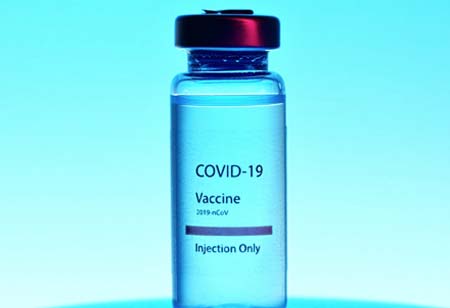THANK YOU FOR SUBSCRIBING
How COVID-19 Impacted the Healthcare Industry
Data democracy was another intriguing trend that emerged during the pandemic. Important health information that would not have been available to everyone prior to COVID-19 was published in their efforts to develop the best vaccine for the COVI

By
Apac CIOOutlook | Thursday, November 18, 2021
Stay ahead of the industry with exclusive feature stories on the top companies, expert insights and the latest news delivered straight to your inbox. Subscribe today.
Data democracy was another intriguing trend that emerged during the pandemic. Important health information that would not have been available to everyone prior to COVID-19 was published in their efforts to develop the best vaccine for the COVID-19 disease.
FREMONT, CA: The COVID-19 pandemic altered healthcare delivery and consumption worldwide. The severity of this disease, as well as the rate at which it spread, hampered healthcare responsiveness in every way. It bolstered healthcare delivery innovations in a very short period of time, resulting in significant positive changes in healthcare approaches.
More importantly, because they were well received, the majority of these changes will remain in place even after COVID-19. In this article, we will highlight four of the COVID-19 changes that healthcare workers will continue to use after the pandemic.
Data Democratization
Data democracy was another intriguing data trend that emerged during the pandemic. Important health information that would not have been available to everyone prior to COVID-19 was published in their efforts to develop the best vaccine for the COVID-19 disease. This democratization of data facilitated global collaboration in healthcare. It also fueled the necessary innovation in the development of COVID-19 vaccines.
Healthcare providers will arm their healthcare workers with all necessary information and knowledge in the future so that they can make sound decisions and provide better patient care. Healthcare inequalities will be gradually eliminated around the world by providing everyone with equal access to healthcare information. An increase in data democratization will be a significant step toward making healthcare a public good in the post-covid era.
Telehealth and Telemedicine
COVID-19 has resulted in a significant increase in the use of telehealth. Telehealth use increased from 19 percent in 2019 to 46 percent in 2020 in the US alone. Because of the massive exponential growth in the number of patients served via telehealth, healthcare providers were forced to scale up their offerings.
Prior to COVID-19, telehealth and telemedicine primarily served those in need of immediate virtual care. However, as telehealth adoption and consumption increased, healthcare workers began to use it for purposes other than urgent virtual care. Many regulatory restrictions were lifted, resulting in a significant increase in the types of health services available through telehealth.
As a result, at least 89 percent of people under the age of 55 were reported to have booked their medical appointments online rather than walking in this year. Similarly, the majority of healthcare workers were able to conduct risk assessments virtually.





